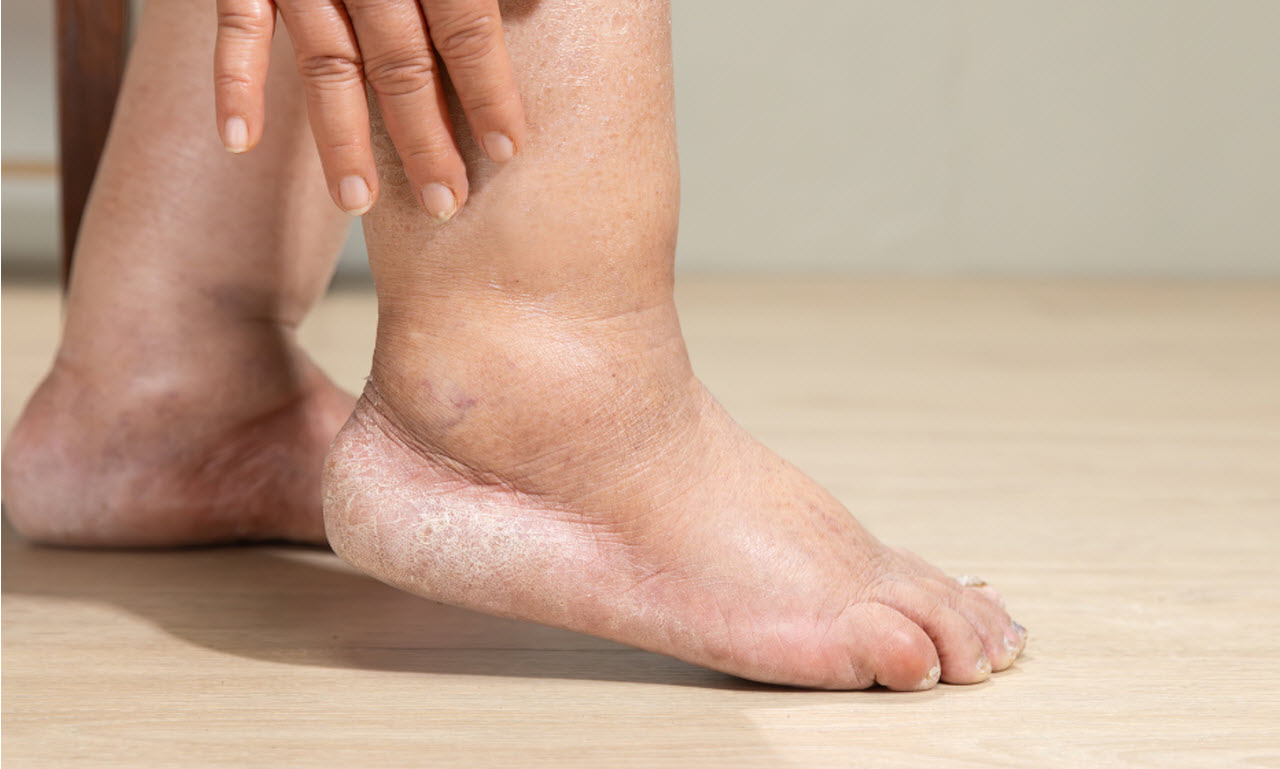Shocking Ways Your Feet Reveal Heart Trouble
Your feet might not seem connected to your heart, but they can actually reveal a lot. Pain, swelling, numbness, or strange changes in your feet might be signs of bigger problems like clogged arteries or heart issues.
Doctors say peripheral artery disease, or PAD, can show up in your legs and feet first. It’s a type of atherosclerosis where plaque builds up and restricts blood flow, which can make walking painful or even lead to worse outcomes if left untreated.

If you’re feeling cramping in your legs or have trouble standing for a long time, it’s worth getting checked out. According to the Cleveland Clinic, PAD can lead to serious complications if it progresses, even as far as limb loss in extreme cases.
There are tests that can help catch PAD early. One is called an ankle-brachial index, or ABI, which compares blood pressure in your arms and ankles using ultrasound to spot any blockages or low blood flow.
Doctors might also check for a pulse in your feet as part of screening. Swelling in your feet or ankles, especially if you have a history of heart disease in the family, should not be ignored.
Poor circulation doesn’t just cause discomfort, it also slows down healing. When your feet don’t get enough oxygen or nutrients, it can lead to tingling, numbness, and pain that doesn’t go away.
People with diabetes have it even tougher. High blood sugar can damage nerves, and when that’s combined with poor circulation, foot problems can get out of control fast if not managed.
Clogged arteries don’t happen overnight, but they do add up. Plaque buildup can affect both your heart and your legs, which is why symptoms in your feet shouldn’t be brushed off as something small.
Another issue to watch for is peripheral edema. That’s when fluid builds up in your feet or legs because of weak heart function, and it usually shows up as swelling that doesn’t go away easily.
A healthy lifestyle is key to avoiding problems like PAD or CAD. Doctors recommend regular exercise, a good diet, avoiding smoking, and keeping blood pressure and cholesterol under control.

The U.S. Department of Health and Human Services suggests at least 150 minutes of moderate exercise each week. That’s about 20 minutes a day and it can really help your circulation.
Keeping your blood sugar in check is also important. Diabetics especially need to monitor their levels and see their doctor regularly to catch any changes in foot sensation or blood flow early.
It’s a two-way street. When your heart is healthy, your feet benefit from better circulation, and when you stay active, it helps both your heart and your legs stay strong.
Even if your feet are the last thing on your mind, they might be the first place where heart problems show up. Don’t wait until the symptoms get worse before checking it out.
